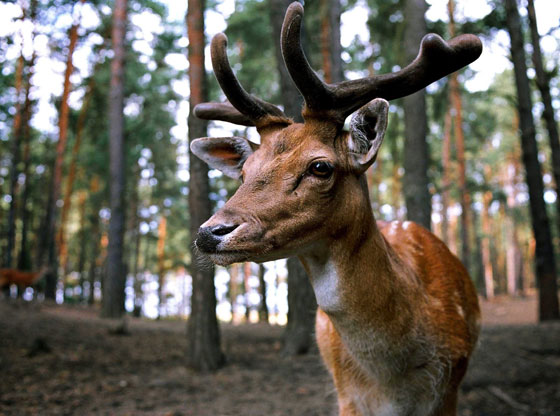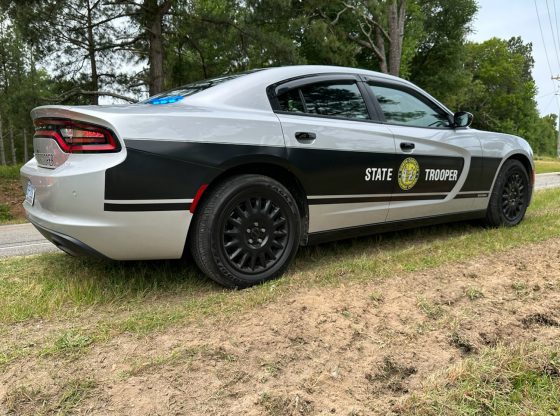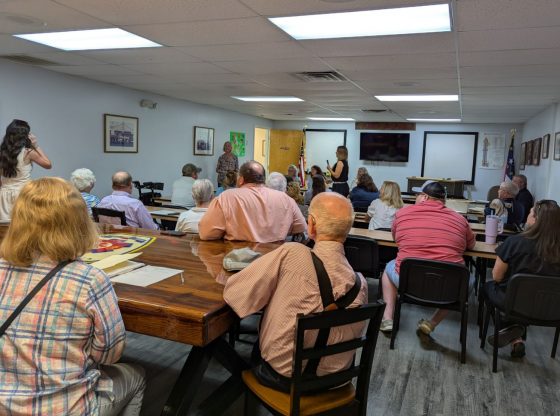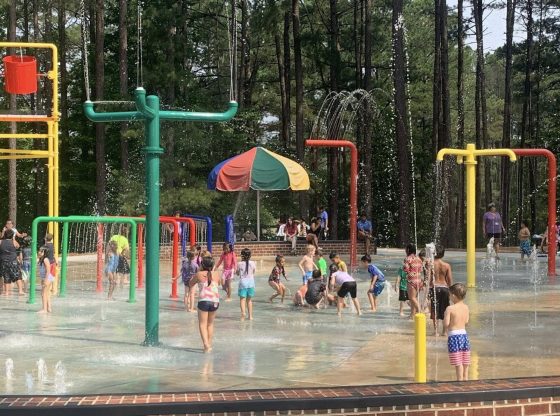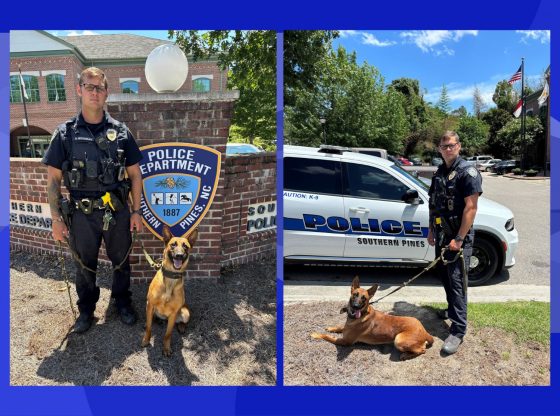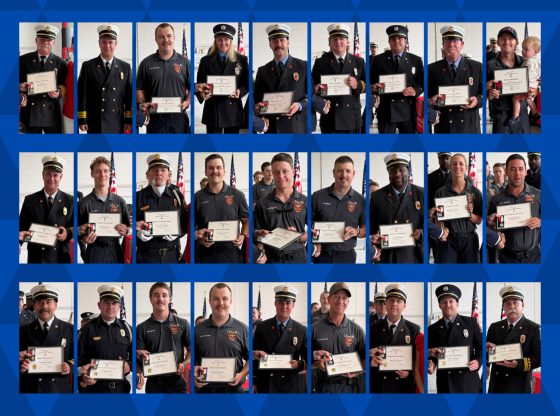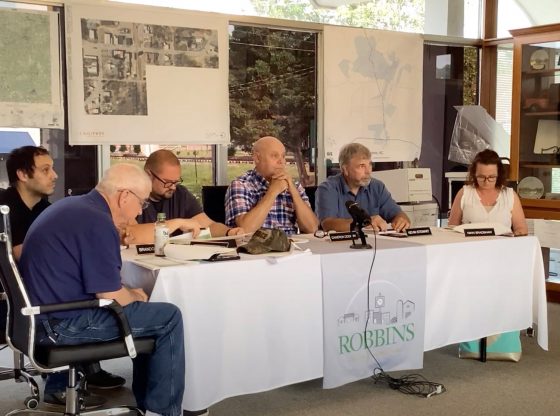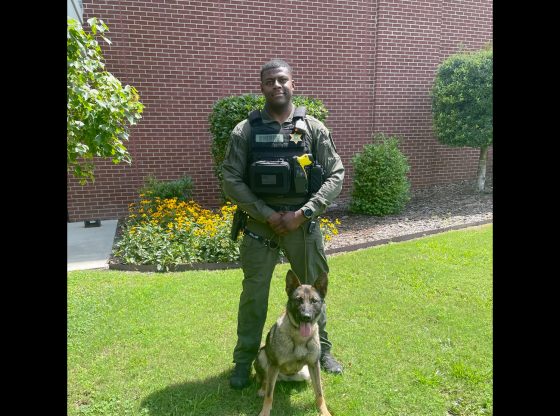The falling leaves and lower temperatures enjoyed in North Carolina’s autumnal seasons unfortunately results in rising rates of deer collisions. Fall weather continues to correspond with high numbers of car accidents spurred by the darting of deer onto roadways, increasing the risks of vehicle damage and personal injuries.
The reported number of animal-vehicle collisions in North Carolina in 2017 was 18,540, which was 629 more than the year before.
This statistic increases the total number of collisions over the past three years to close to 54,500, a great majority being with deer. The N.C. Department of Transportation’s latest study on animal collisions shows those crashes killed 14 people, seriously injured 69 others, resulted in 3,265 overall injuries, and caused nearly $141 million in property damage.
For the 15th year in a row, Wake County had the largest number of animal-related crashes with 822 in 2017, and increase of 91 from the previous year. It was 205 more crashes than the runner-up, Guilford County. And over the past three years, Wake County had over 700 more animal-related crashes than any other county.
This high number is attributed to the county’s increasing population of drivers and its extensive road mileage, and still considerable wooded acreage.
Guilford County (617 crashes), was followed by Pitt, Duplin, Union, Mecklenburg, Randolph, Columbus and Brunswick counties for 2017 crashes.
Counties in the far western part of the state have fewer drivers and roads, which accounts for their lower numbers of animal crashes. Graham County was the lowest at five crashes, while Swain County had 6.
Deer are more present on the roadways throughout the fall and into early winter due to the hunting and mating seasons. Unfortunately, they also tend to travel more at times when it is harder to see them, including dawn and dusk.
With the end of daylight savings time commencing at 2 a.m. on Sunday, Nov. 4, the time rewind increases the chance of deer being by roadways when drivers are travelling for their morning and afternoon commutes.
Traditionally, November records the highest number of animal-related crashes at nearly 22 percent of the annual total over the last three years, followed by October, December and January.
The most crashes occur in the evening between 5 p.m. and midnight, accounting for 50 percent of the overall total. In addition to night being the time when deer are more likely to be moving across roadways, it is also when decreased driver visibility makes it far more difficult to see the animals on or near roads.
The Department of Transportation has some helpful tips for motorists to decrease their risk of being in a deer-vehicle crash:
~Slow down in areas posted with deer crossing signs. Also reduce speed in heavily wooded areas, especially during the late afternoon and evening.
~Always be sure to wear your seat belt. Most people injured in deer-vehicle crashes were not wearing their seat belt.
~Results indicate that most deer-vehicle crashes occur in areas where deer are more likely to travel, such as near bridges or overpasses, railroad tracks, streams and ditches. Therefore, be vigilant when passing through potentially risky landscapes.
~Drive with high beams on when possible and watch for eyes reflecting in the headlights.
~Keep in mind that deer often travel in groups, so if you see one deer fly across the road there may be another not far behind.
~To alert and scare an oncoming deer off the road, slow down and blow your horn with one long blast.
~Always maintain a safe amount of distance between your vehicle and other cars, especially at night. If the car ahead of you hits a deer, you could also become involved in the crash.
~Do not swerve to avoid a collision with deer. This could cause you to lose control of your vehicle, and increases the risk of it flipping over, veering it into oncoming traffic or overcorrecting and running off the road and/or causing a more serious crash.
~Do not rely on devices such as deer whistles or reflectors to deter deer. These devices have not been proven to actually reduce deer-vehicle crashes.
~Lastly, if your vehicle does strike a deer, do not touch the animal. A frightened and wounded deer can hurt you or further injure itself. The best procedure is to get your car off the road if possible, and call 911.
Contributed


